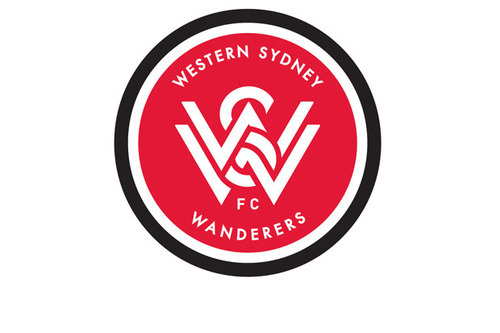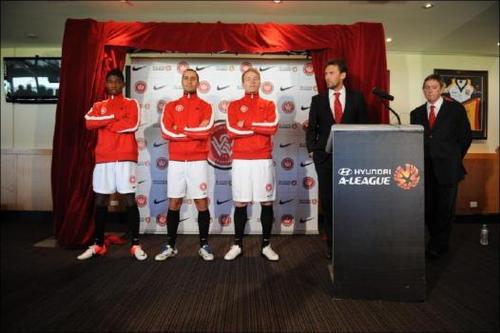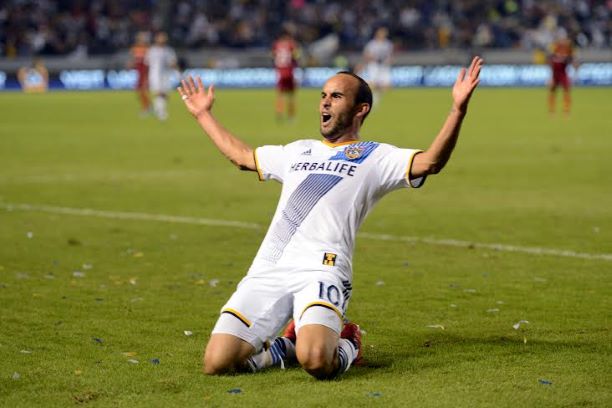Western Sydney Wanderers FC: Australia’s newest, oldest club?
Western Sydney Wanderers FC: Australia’s newest, oldest club?


A sense of history is always relative, and in Australian sport any team, venue or personality that has been around for more than a couple of decades is venerated as a hallowed asset to society. Australia played a rugby international against Wales at the Sydney Football Stadium in mid-June, a venue that had not seen international competition featuring the Wallabies since 1998. Commentators hailed the occasion as an historical occasion, where Australian rugby returned to its roots – at a ground that originally opened in 1988. For a nation that only became a nation in 1901, it’s an understandable process.
It was with clear pride, then, that the Football Federation of Australia this week launched its newest A-League club, the Western Sydney Wanderers, as Australia’s ‘newest, oldest club’. An idea of history, a foundation legend for the club, has been created from the off: the name came from the fact that the first game of football to be played in the colony of New South Wales was between the King’s School in Parramatta, and a side called Wanderers back on the almost prehistoric date of August 3, 1880.
The club’s logo, seen above, is a throwback to traditional club badges of decades past, and avoids the crass, ultra-modern badges of others sides in the league, created by eager to please marketing boffins. The side will play in a similarly elegant black and red hooped top, with white shorts and socks. It’s an all-round classy look.
Much of football administration in world football is rightly derided. The FFA does, however, deserve some praise for the way that it has gone about establishing the club in such a short space of time (it only announced that a new club would be joining the league in April this year). Fans voices were heard from the start, with the FFA holding several fan forums across the western Sydney area, where members of the board and past players discussed the direction that the club would be taking.
Speaking at one forum in Parramatta, a large western Sydney suburb, the then Head of the A-League, Lyall Gorman (now the CEO of the new club), said the forums were a great way of garnering the views of the people the club would represent.
“I know the sense of anticipation and expectation of this football community. They’ve been waiting a long, long time for their own united football team. It’s exciting to have their input on the core values of the club: passion, respectfulness, inclusiveness – all these words give me a lot of faith that we’re going to build something very special here,” he said.
Social media, too, has been harnessed. Brian Gibson, the FFA’s Social Media Manager, emphasised that inclusiveness and a continuing dialogue with local supporters through fan forums and online interaction is a central feature of the new club’s development.
“We’re going out on social media and asking fans questions all the time. We’re getting a whole heap of responses in, collating them, reporting them to management, and getting a feel for what the west of Sydney wants,” he said. “Obviously, there are some aspects that we need to make a business decision on, but we want to give the fans as much input as possible.”
So, much has been done right by the FFA. Judging by the reaction on Facebook, Twitter and across the blogs, the club name, badge and jersey have gone down well, and linking the club back to colonial times is a nice touch.

But in the present, the biggest tests are yet to come. Western Sydney has a massive population base, home to some two million people, with an incredible range of cultural backgrounds to be found from across the globe, owing to the fact that a third of that population is made of migrant communities. It’s for that reason that the area is known as Australia’s football heartland – the whole world lives there and football is, of course, the world game.
The hard truth, though, is that football is not Australia’s only game, and the new club will face a huge struggle to win the hearts of a community that is already well served by two other competing football codes. There are four professional rugby league clubs in the area, and the Australian Football League (‘Aussie rules’ to most) has also established a new club, the Greater Western Sydney Giants, in the region – not to mention that there is significant support for the city’s other A-League club, Sydney FC, in the region. While participation rates in football across western Sydney are huge, there are fears that junior players will not become adult fans of the new side. The inaugural manager, Tony Popovic (who plied his trade in England with Crystal Palace from 2001-2006) will need to assemble a competitive squad from the off to keep crowds coming through the turnstiles. At the time of writing, just eight players have been signed to the Wanderers. Those players (and hopefully at least three more!) will need to scrap for every ball and every goal from kick off.
The A-League itself can ill afford another failed club. In recent seasons the North Queensland Fury has folded, while Gold Coast United (the team the Wanderers will replace as the league’s tenth team) had its license revoked by the FFA after dismal attendances and a high-profile spat between its owner Clive Palmer, an Australian mining magnate, and the governing body. Overall attendances to A-League games have no risen as the FFA would have hoped with averages in 2011-12 around 10,000 across the league – a drop from a high of 14,000 in 2007-08.
If the Wanderers do fail, it will be a huge blow financially, and a massive embarrassment for the FFA. By the same token, the Wanderers provide an opportunity for the league to kick on and develop. As aforementioned, the FFA listened to its prospective fans in putting the club together – a process that is almost non-existent in the world’s top leagues. If the FFA keeps in touch with its community, and Tony Popovic moulds a decent squad, the Western Sydney Wanderers can create history for many decades to come.
Comments below please.







